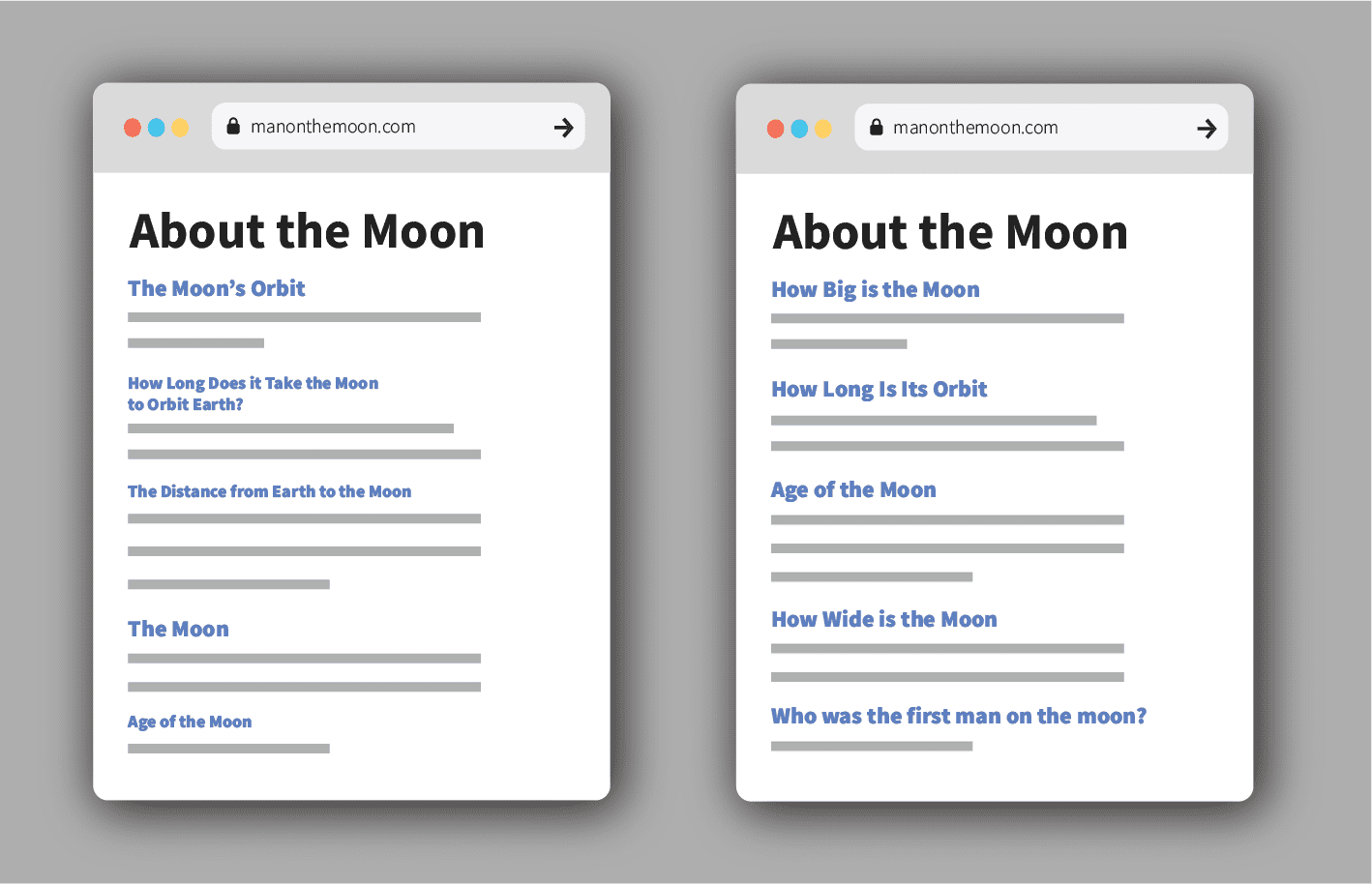You publish a blog.
You optimize it, following all the right steps you learned from Brian Dean and Neil Patel.
You share it on social media.
You check your rank tracking tool every 8 seconds to see how it initially ranks. You’re Googling the exact phrase every 10 minutes so you know right when it gets indexed.
The time finally comes… page 7.
You rework the content a bit, maybe build some links, share it on social media again… page 4.
I’m not trying to poke fun at anyone, these are actually the exact steps I follow after publishing new content, too (but I’m growing).
When my posts don’t gain traction, I find myself asking, “Man, what am I missing?! What secret do I not know about?” – especially when I know I’ve written something really good and valuable.
Well, over time, after lots of blog posts never seeing the light of day, I’ve learned some blog optimization tactics and strategies that have helped me rank for some slightly-but-not-super-competitive keywords recently.


You see, many of us believe that if we just “create great content” then we’ll be fine. Or if we just hit this word count, it will probably rank. This is sometimes the case. But if you’re trying to rank blog posts in a niche or industry with some real competition, you’ve got to do more than just write good content.
Because hundreds (if not thousands) of others sites are writing great content, too.
So how can you get a leg up?
By tapping into organic strategies that your competitors aren’t using.
So I’ve put together six tactics you can use to get a leg up on your competition and start ranking your blog posts with consistency.
These tactics aren’t guaranteed to rank your posts, but they are powerful techniques that should improve your content creation and optimization process.
A note before we dive in: I call these advanced… If you haven’t spent much time in the depths of SEO, and your primary source of SEO education is Neil Patel, then they’re probably a little advanced. If you’re a seasoned veteran, they’re probably not advanced, but might be new ideas you’ve never considered. Or at least good reminders.
If you don’t care to read the post, you can download the checklist I use to optimize most of my own articles before pressing publish:
Follow On-Page Optimization Best Practices
For starters, if you want your blog posts to rank, it is still a good idea to set a foundation with on-page optimization best practices. The below tactics and strategies may or may not help you much if you don’t have an H1 or a title tag.
So make sure you:
- Perform sound topical + keyword research (I recommend SEMRush for keyword metrics)
- Map your keywords by page
- Use your primary target keyword in the title tag + H1
- Write a compelling meta description
- Use your primary target keyword naturally throughout
- Make sure your page has decent load time and CWV metrics
- Use some relevant and helpful images
- Write ALT text for those images
- Use your primary keyword or a close synonym in the URL if possible
Yada, yada, yada.
A Brief Introduction to Entities and Topical Authority
One final note before we dive in: many of these tactics relate to entities and entity salience.
We know that to some degree, Google relies on entities (people, places, things, ideas that Google recognizes in their knowledge graph) and entities’ relationships to one another to serve search results.
One research paper published by Google discussed the idea of assigning relevance through entity salience. Entity salience refers to the prominence of a particular known entity in a post.
A known entity, in short and simplified terms, is a person, place, or thing Google has in their Knowledge Graph. If it has a Wikipedia page, it’s probably a known entity.
In a patent published in 2015 discussing the methods a search engine may take to identify and rank attributes of entities, we learn that Google (might – just because a patent is granted doesn’t mean it’s being used) analyze queries to determine the entities they are searching for, and return results where the searched entity is most prominent.
So if we can optimize our blog posts to be prominently aligned with the entity around which we want to rank (or a very similar one), we may be able to earn higher rankings.
But – and here’s a big but – Google looks at more than just the keywords used in the blog post to determine entity salience. This idea is called semantic search.
Entities and semantic content optimization are by no means new. Google has utilized semantic principles and technologies for twenty years. So most of the below is by no means groundbreaking or a “new trend for 2021” to follow.
All of that said, without further ado, here are six advanced tactics for semantic content optimization.
6 Tactics for Blog Post Optimization
1. Use Supplemental and Variant Keywords
Thanks to a lot of search data and machine learning advancements, Google has gotten really good at understanding natural language. Google is an expert at determining what searchers are actually searching for, despite what words they use in the query.
Their own research shows that synonyms play a big role in search results. Search engines rely on synonyms and close variants within a post to determine the topic, intent, and entities involved in a search.
On top of this, we know that algorithm technologies like Hummingbird (along with many others) rewrite search queries using synonyms. This means you might search for “how to do SEO” and receive a result titled “The Beginner’s Guide to SEO” or “SEO Starter Guide.”
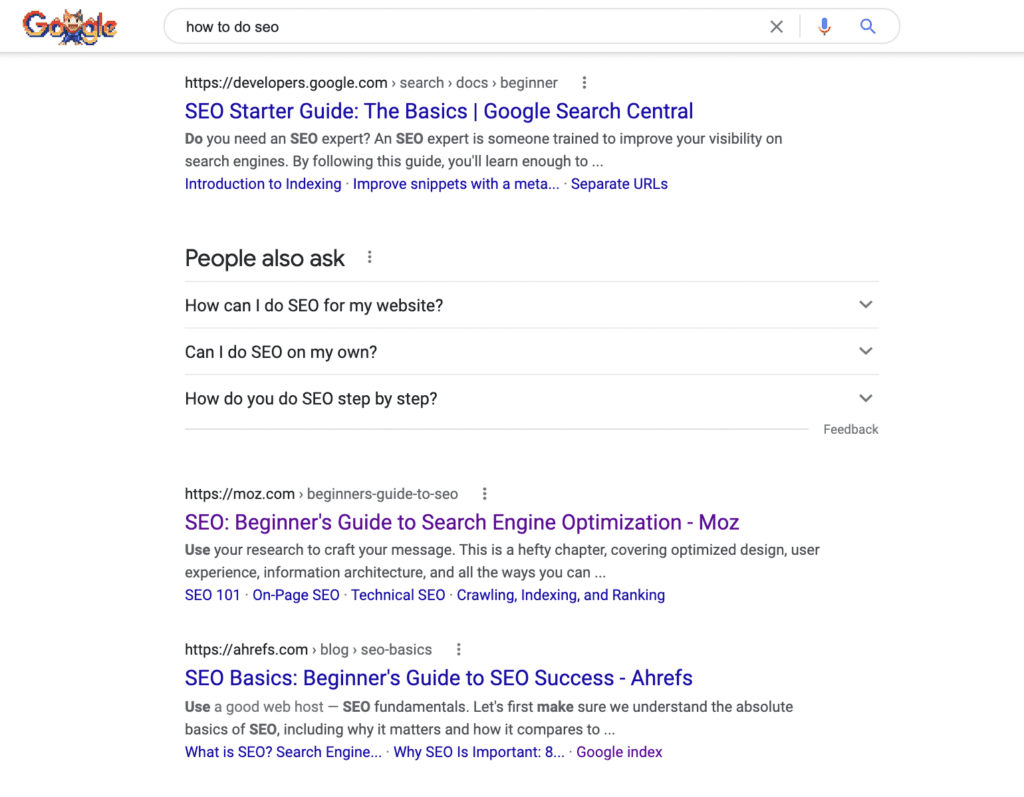
So if you want to rank for “how to do seo,” you need to expand your keyword research to thoroughly cover the topic at hand, rather than stuffing “how to do seo” into every heading and paragraph.
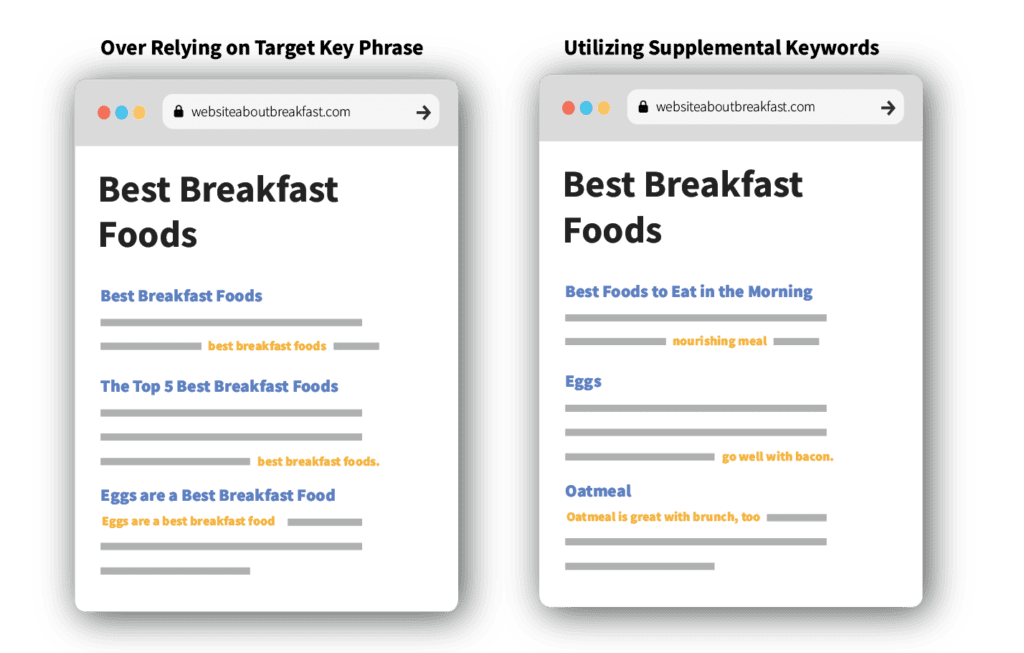
You should research synonyms and close variants, along with all relevant subtopics that would make logical sense to touch on. For a beginner’s guide to SEO post you might choose to include words and phrases like:
- how to do search engine optimization
- drive website traffic
- optimize for search engines
- improve search rankings
Include these “supplemental keywords” in subheadings, body copy, and as anchor text of internal links going to this post.
Note that if you choose Google Ads over SEO, you won’t have to worry about these variations. Google’s Ad platform will handle it for you.
Some tips for finding supplemental keywords for blog post optimization:
- As mentioned, use synonyms and related words throughout your post
- Cover related subtopics and similar questions someone performing the search might ask as subheadings
- Check out “People Also Ask” panels to determine related questions
- Check out Google’s Autosuggest and “People Also Search” sections for related subtopics
- Check out the Wikipedia page of the entity you’re covering – if the primary entity you’re covering doesn’t have a Wikipedia page, get insights from closely related entities
- Try using Surfer for tailored semantic recommendations based on top ranking posts
2. Internally Link with Topical Relevance
Most of us know that internal links are important to pass link equity, but most of us underrate the topical signals they send.
In other words, internal linking isn’t just a numbers game. Topical relevance matters – from the linking page, linking paragraph, linking heading, and more.
A Google patent from 2013 states, “Web quotes are gathered from web pages that link to a web page of interest. The web quote may include text from the paragraphs that contain the hypertext links to the page of interest as well as text from other portions of the linked web page, such as text from a nearby header.”
This means that for your post on orange juice, an internal link from the orange juice section of a post on breakfast beverages is going to (likely) carry more weight for that post in particular than a random link from a post and paragraph only distantly related to breakfast beverages.
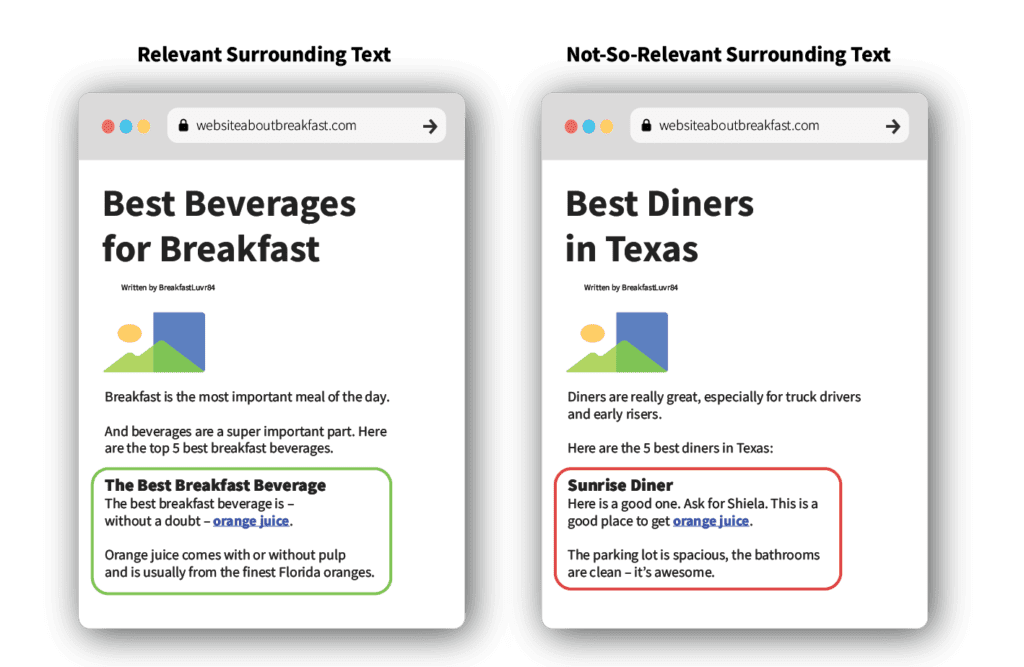
Tips for internal linking:
- Only link internally between topically relevant pages
- Try to limit internal links to one per heading (and make sure the heading is relevant)
- Vary your anchor text – use some exact match and some synonyms
- Create silos (or clusters) with your internal linking structure
3. Use Structured Data Markup for Entity Alignment
You’re probably familiar with structured data and Schema markup. Structured data helps search engines better understand what your page is all about.
We know the use of markup isn’t a direct ranking factor…
But it most definitely has indirect benefits:
- It helps search engines better understand your content
- It gives you the opportunity to earn knowledge graph features and rich snippets
If it makes sense for your post, be sure to use relevant structured markup in your blog posts:
- Recipe Schema
- FAQ Schema
- Review Schema
But in addition to these that give you an opportunity to earn a rich snippet, WebPage Schema Markup offers lots of ways to align your content with known entities, helping Google better understand your content.
Using the “about” and “relatedTo” properties can help you define your own entities and closely align yourself with entities Google understands well.
For example, if you were writing a post on rubber duck accessories (which I did recently, smh), you’d want to closely align your content with rubber ducks, a known entity. You could use the “about” property to let Google know your content is about the same thing as Wikipedia’s entry on rubber ducks.
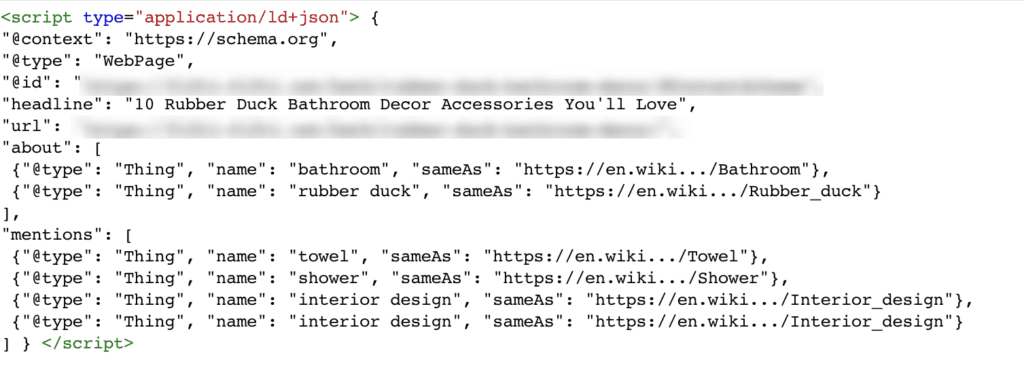
To get started with structured data:
- Check out schema.org and get familiar with JSON-LD
- Always use the Structured Data Markup Helper before publishing anything
- Consider using a tool that generates schema markup for you, like Merkle or InLinks
- Spy on your competition and what structured data they’re using with Surfer or Frase
4. Employ a Logical Hierarchy with Headings
This may seem like a no brainer, but it matters more than you realize.
Countless patents filed by Google give us clues as to how they use headings to gain insight and – at times – award featured snippets.
This patent titled Scoring adjustments for answer passages is a popular one when it comes to featured snippets, but it also gives us some insight into how we arrange our headings.
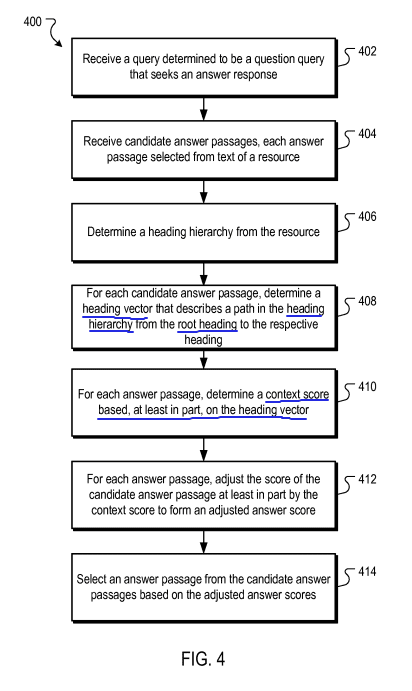
The patent describes how different passages (sections of text) might be scored when choosing a longer form featured snippet by focusing largely on the “heading vectors.”
A heading vector is kind of like an angle. It tells Google what aspect of the overall topic you’re speaking to within that passage. And this patent could give us a hint as to how important the context and order of our headings might be for rankings.
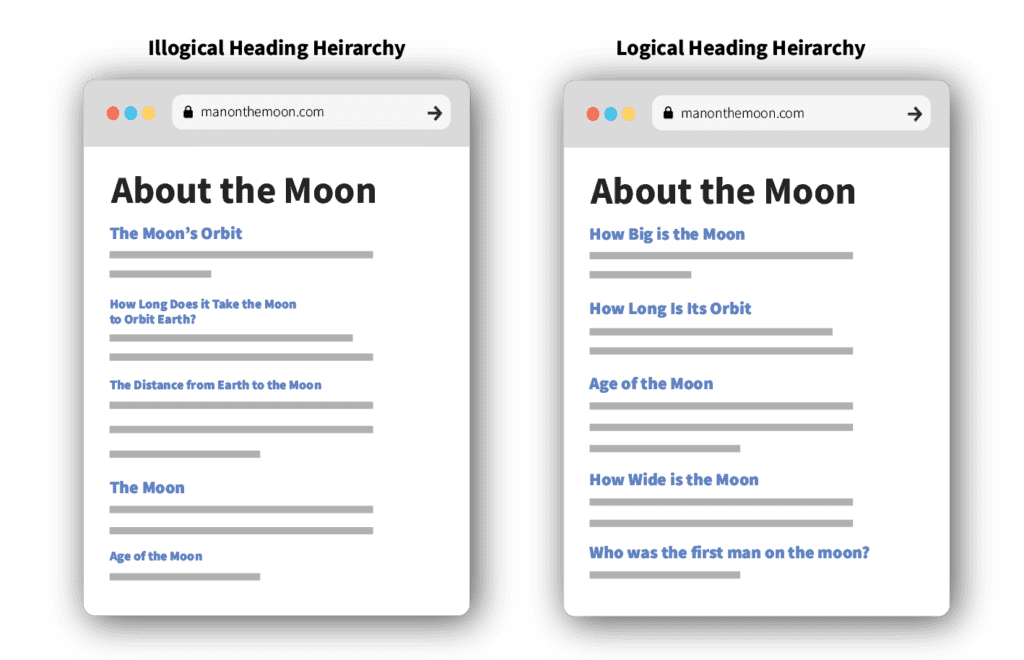
Keep these pointers in mind when it comes to blog post headings:
- Use HTML headings – H1, H2, H3, H4, etc…
- In a logical order, from most important information to the least important
- Each heading should focus on different information
- Combine related “child” topics beneath “parent” topics by using H3s or H4s when necessary
- When your heading is a question, answer the question as soon as possible
- If you’re trying to outrank a competitor, consider their heading structure (how many h2s, h3s, etc…) and seek to replicate something similar
5. Use Google’s NLP API Demo for Competitor Entity Analysis
This post has touched on entities and entity salience a few times, and the weight it could carry when ranking pages.
There’s no data or research (that I know of) showing that achieving higher entity salience for target keywords leads directly to higher rankings. And of course there are thousands of factors affecting rankings.
That said, analyzing entity salience of top ranking posts can give you a lot of insight into entities your post needs to score well for.
One of the best (and free) ways to check to see what entities Google extracts from your blog posts is to use Google’s NLP API demo.
Not only can you determine what entities Google extracts from your content, but your competitor’s as well.
To do this, head to the natural language cloud page, copy the content, and paste it into the demo section.
First, the demo will show you which known entities exist in your post, and then will tell you the salience of each entity.
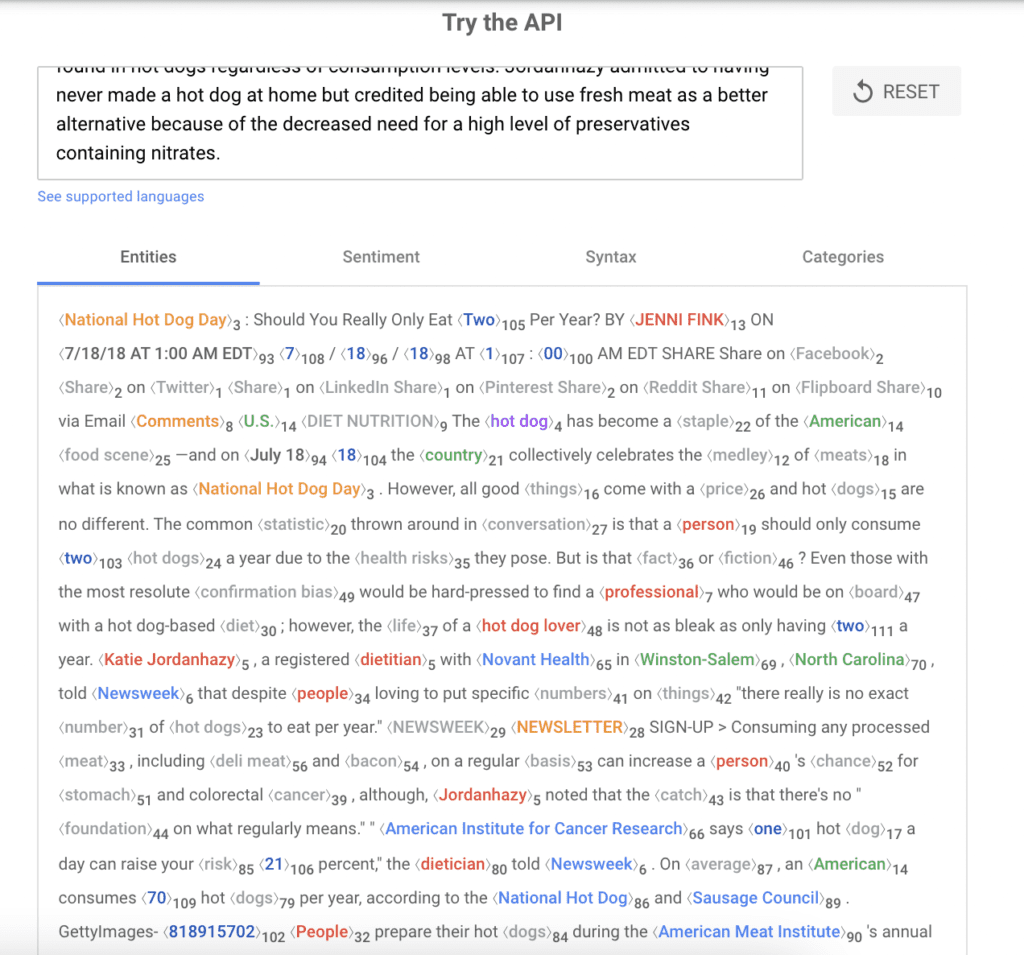

As a reminder of what we covered above, the idea with salience is that if you can achieve a high score for the entities and topics you want to rank for, you may improve your chances of ranking.
So what does this have to do with your competitors?
After you’ve identified a keyword or phrase you want to rank for, find the top 2 or 3 ranking posts, and copy & paste their contents into Google’s NLP API Demo. See which entities and topics have the highest salience.
I’m no Natural Language expert, so I can’t tell you how to improve your salience for an entity, but you can gather clues from the pages Google has already chosen to rank highly.
Take the entities your competitors score highly for and:
- Make sure you cover them well in your post
- Use synonyms and variants for these entities within the sections you cover them
- Look at the linked Wikipedia articles to get insights as to how to talk about them
- Make sure to cover them from the right angle; examine the angle of your competitor’s post well
6. Expand Your Content Over Time to Capture More Topics
Once you’ve published your blog post, you shouldn’t be done optimizing. You should never be done optimizing, right?
And one way to continue optimizing your content over time is to expand the topics your post covers to capture more rankings and traffic. As we know, one piece of content can rank for hundreds of keywords.
Here’s a great example:
I was doing some research recently on home remodeling and checked out “how to remodel a house.”
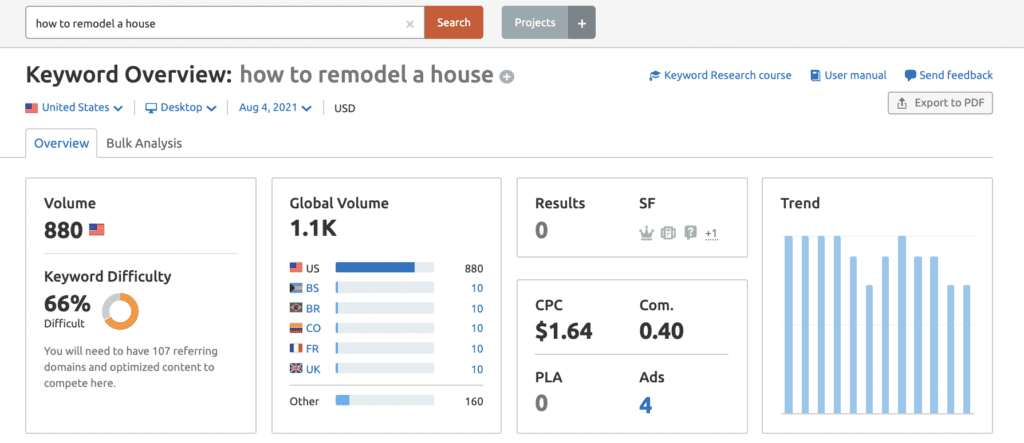
Good keyword, okay volume, difficulty to rank isn’t too bad…
But if you check out the pages that are currently ranking for it, you can see there’s much more traffic to be had here:
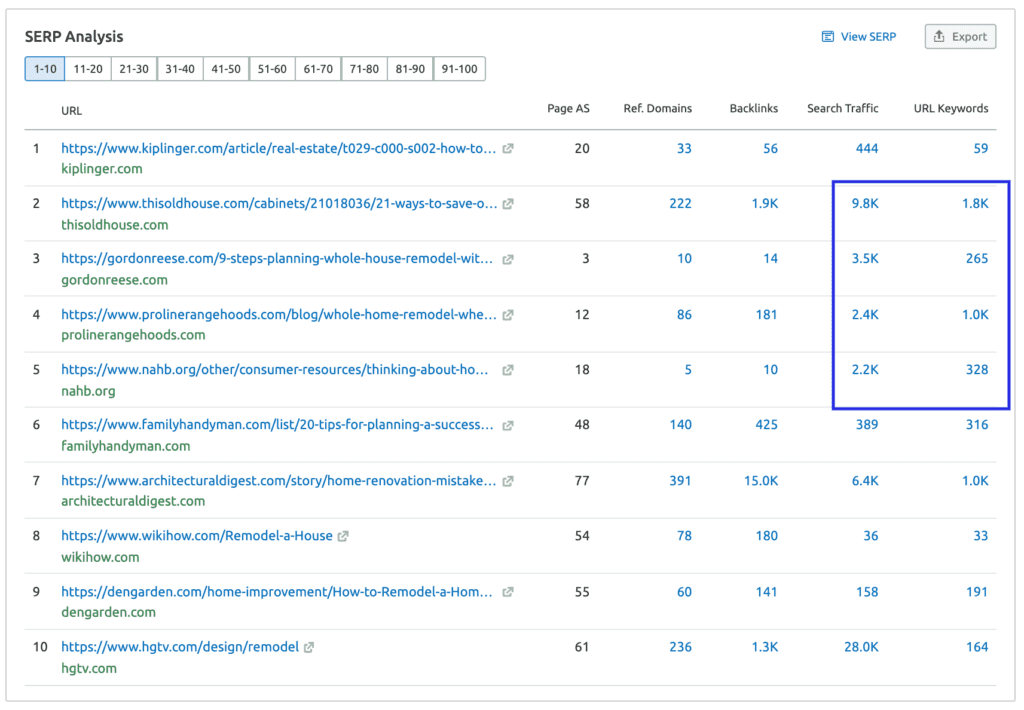
These sites are ranking for over a thousand keywords from a single post related to home remodeling!
There are two ways to capture this kind of SERP real estate:
- Do expansive topical research from the beginning and spend a ton of time on a perfect blog post
- Write a good blog post and monitor it for additional opportunities over time
I’d recommend option 2 most of the time.
It’s almost like you’re throwing your post at a wall, seeing what sticks, and improving upon what does.
Here’s how you can do it:
If you ever spent time in a keyword tool, you’ll inevitably find keywords you had no clue you ranked for. These are keywords and topics you can capture with existing posts by adding additional sections to your blog post.
Open SEMRush’s Organic Research Tool or Google Search Console’s performance report. Filter for keywords between positions 8 and 40 (or somewhere around there) and locate keywords you had no clue you ranked for.
Once you’ve identified a page with some potential, plug it into Google Search Console and filter for high impressions, low clicks, and rankings higher than 8.
This post on rubber duck decorations could easily incorporate “shower curtains” and “soap dispensers” as new sections and likely gain a good bit of ground in rankings – without having to write a new post.
Checklist for Optimized Blog Articles
Hope these have been helpful.
If you need any extra help, you can download the checklist I use for (most of) my blog posts before they go live, or you can reach out for SEO services in New Orleans or elsewhere.


